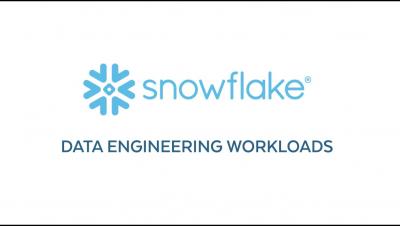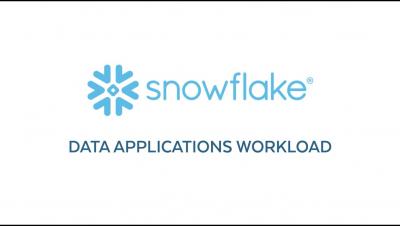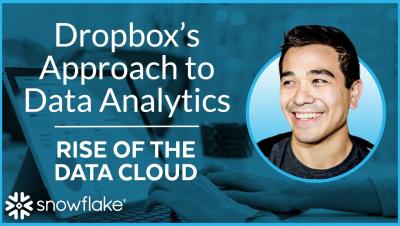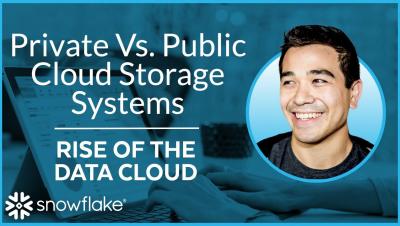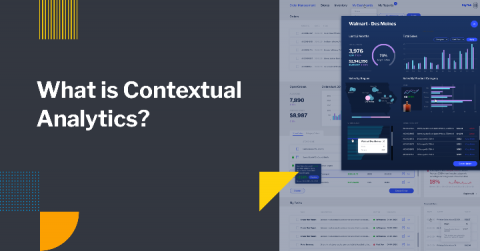Systems | Development | Analytics | API | Testing
BI
Snowflake Workloads Explained: Data Applications
Adapting to Work-From-Home Behaviors | Part 2 | Snowflake Inc.
Introduction to the Snowflake Data Cloud
10 Best Practices Every Snowflake Admin Can Do to Optimize Resources
As we covered in part 1 of this blog series, Snowflake’s platform is architecturally different from almost every traditional database system and cloud data warehouse. Snowflake has completely separate compute and storage, and both tiers of the platform are near instantly elastic. The need to do advanced resource planning, agonize over workload schedules, and prevent new workloads on the system due to the fear of disk and CPU limitations just go away with Snowflake.
Why Dropbox Made Its Own Cloud | Part 1 | Snowflake Inc.
CDP Data Visualization: Self-Service Data Visualization For The Full Data Lifecycle
With the massive explosion of data across the enterprise — both structured and unstructured from existing sources and new innovations such as streaming and IoT — businesses have needed to find creative ways of managing their increasingly complex data lifecycle to speed time to insight.
What is Contextual Analytics?
As a product feature for your app, embedded analytics is undoubtedly a valuable tool. But historically, many product managers and software developers have approached it as a standalone capability. This has led to dashboards and reporting modules added as an afterthought, rather than as a founding strategic component of the core application.
Listening to the Customer in the 21st Century: It's All About Data
The customer has never been more right. Across industries, customers have become conditioned to demand not only near-instant responses to their needs but that their needs be anticipated in advance. Financial institutions are not given a pass, despite a competitive landscape flooded with regulation and privacy considerations. The customer still has expectations for a personalized, timely, and relevant experience.
The New Face of Secure Data Collaboration: Transforming Government with the Data Cloud
The push to embrace cloud-based technologies has undoubtedly transformed IT infrastructures at every level of government. Federal, state, and local agencies have made significant strides in modernizing how data is collected, stored, and analyzed, all in service of their mission and in fulfillment of strategic IT mandates.


